I have a technical question regarding B&W film photography and how heavy red/near infrared filters and IR sensitive films effect the color red in the visible spectrum. Do they lighten or darken or red or is it left alone? I've been searching the web like crazy and I can't find the answer or any before & after comparisons that contain red- most people seem to use IR for landscape photography which rarely contains red.
Does anyone have knowledge of this or can point me to further info and examples?
Does anyone have knowledge of this or can point me to further info and examples?




 Probably I would have to do that before you guys resolve your dispute.
Probably I would have to do that before you guys resolve your dispute. 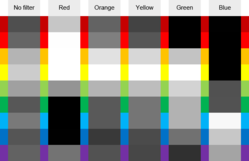
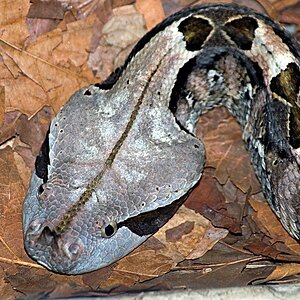
![[No title]](/data/xfmg/thumbnail/37/37607-69784b19e25bd0ba68e92ff4cfdfa8ff.jpg?1619738148)
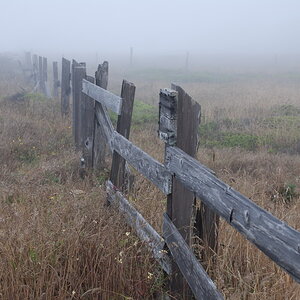
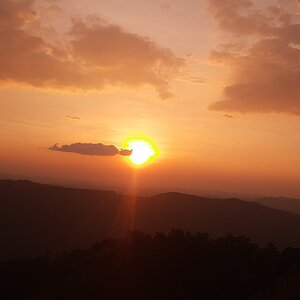
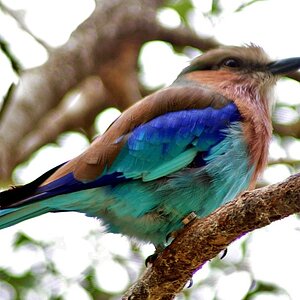

![[No title]](/data/xfmg/thumbnail/37/37631-1af996afcca522b3c5490538125d9599.jpg?1619738155)
![[No title]](/data/xfmg/thumbnail/37/37608-63b0d340b0972479217b548a4026df96.jpg?1619738149)
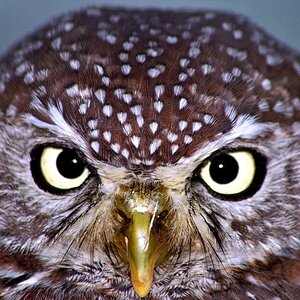
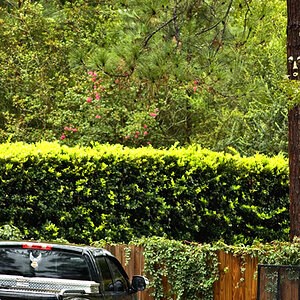

![[No title]](/data/xfmg/thumbnail/37/37629-fa70c9f81cc7da4d6a9b512502f9bf84.jpg?1619738155)